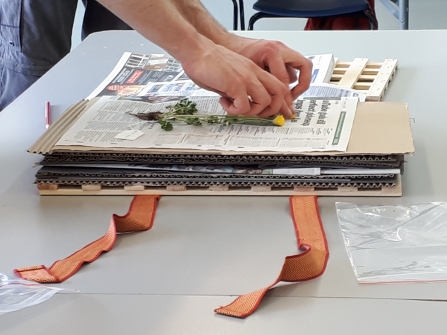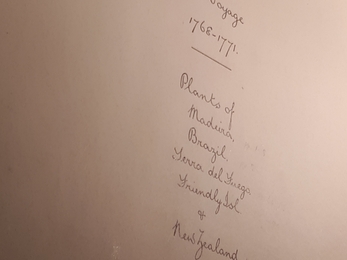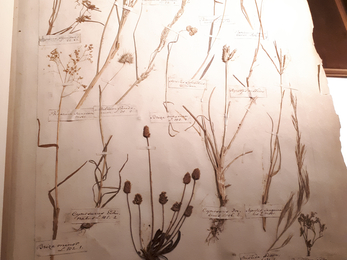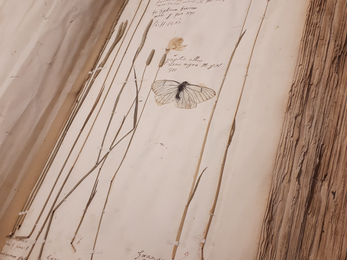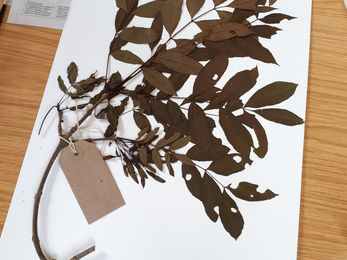I tentatively lifted the pages of newspaper uncertain at what would be inside. My heart sank. An ash tree. Not an entire tree but enough to make gluing it onto a sheet of paper measuring 29cm by 43cm a bit tricky.
The stem was strong and robust; it had resisted the force of the plant press. From it sprouted swathes of leaves; dark olive-brown in colour. They seemed fragile like brittle silk. There was a bunch of keys, still small and under-developed.
The whole thing looked ancient. It could have been like this for centuries but I know this specimen was collected in May this year; four months ago. It was snipped from the rest of the tree on a training day for the Lincolnshire Wildlife Trusts’ #LoveLincsPlants project. Fifteen of us were being trained by botanists from the Natural History Museum on how to collect and press plants.
Specimens were placed on sheets of newspaper ensuring all the characteristic features could be seen. Then they were squashed between layers of card and felt, and placed in a wooden frame. The frames were put in a drying unit; converted from a honey warming unit from a local beekeeping supplier.


